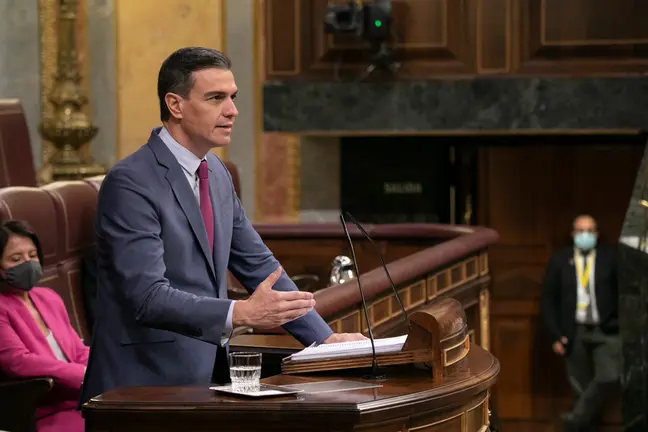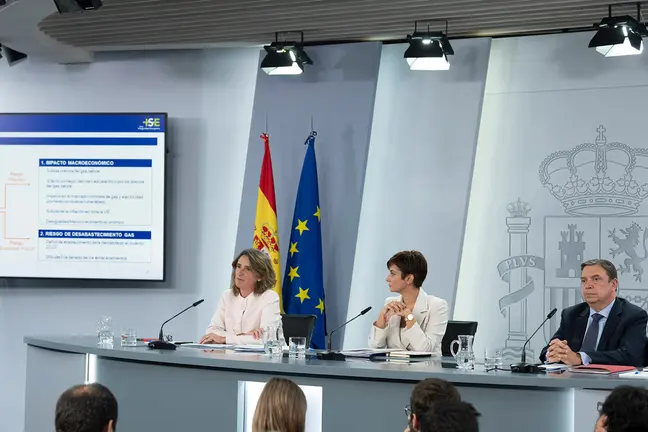There will be a referendum in Spain this year, but it will not be to decide on the independence of a part of the territory, quite the opposite.
The residents of the Extremaduran municipalities of Don Benito (37,275 inhabitants in January 2021) and Villanueva de la Serena (25,837 inhabitants), both in the province of Badajoz, will vote in a popular consultation on 20th February 2022 to decide if they want the union of both municipalities.
The Government of Spain agreed in November to grant its mandatory authorization to hold a popular consultation for this purpose.
The official day of the referendum will be 20 February, but the term to vote in advance has already opened from January 29 to February 10.
If they decide to merge, both municipalities would form the third largest city in Extremadura by population.
The agreement implies that there will be a merger if the result of the popular consultation shows an acceptance percentage higher than 66%.
The central government believes that the union of these two municipalities will allow, in addition to growing in size and population (which implies receiving more resources from the State and the regional government), to improve the management of public funds and the services they provide to the population.
That of Don Benito and Villanueva de la Serena is only the latest case, but there are many more cases of Spanish municipalities that have been created by union or independence or that have disappeared, absorbed by larger ones, since 1860.
Conditions for 'independence'
The Spanish Law of Bases of Local Regime (Ley de Bases de Regimen Local) allows the creation of new municipalities on the basis of pre-existing and differentiated population centers. However, a number of conditions must be met.
The conditions are that the resulting municipalities must have sufficient resources to comply with municipal powers and the union cannot imply a decrease in the quality of public services.
In addition, in order to become 'independent', a population center must have at least 5,000 inhabitants, the resulting municipality must be financially sustainable, and the decision must be agreed upon with the government of the autonomous region and reported to the central government.
Tres Cantos, the youngest in Madrid
According to data from the Ministry of Territorial Policy and the National Institute of Statistics (INE), since 1860 more than 300 new municipalities have emerged on the map of Spain, most of them as a result of the segregation of other municipalities.
One of the most recent cases is that of the Madrid municipality of Tres Cantos, which became 'independent' from the neighboring municipality of Colmenar Viejo in 1991 and became the youngest town in the Madrid region.
Other recently created municipalities due to the division of another locality are San Martín del Tesorillo (Cádiz), Torrenueva Costa (Granada), Formes (Granada), la Zarza-Perrunal (Huelva), Fuente Carreteros (Córdoba), La Guijarrosa (Córdoba) or El Palmar de Troya (Seville).
Union, exchange of territories
The union or exchange of territories are other ways in which a new municipality can be created. Since 1860 more than 1,700 municipalities have lost their independence and another 740 new ones have been created.
In the 20th century, the city of Madrid annexed old neighboring municipalities such as Villaverde, Fuencarral, Vallecas, El Pardo, Barajas, Aravaca, Canillas or Carabanchel.
For its part, Barcelona has done the same in the 19th and 20th centuries with municipalities such as Horta, Gracia, Las Corts, Saus, San Martin de Provensals, San Andres de Palomar, San Gervasio de Cassolas and San Vicente de Sarria.
The Ministry of Territorial Policy estimates that in 1842 there were some 11,500 municipalities in Spain. Today, the number has dropped to 8,124.
The tendency to suppress municipalities was especially accentuated in the 60s and 70s of the 20th century, but it stopped in the 80s.











